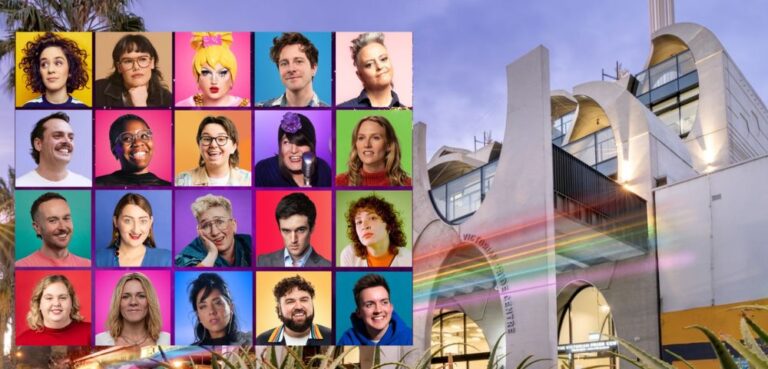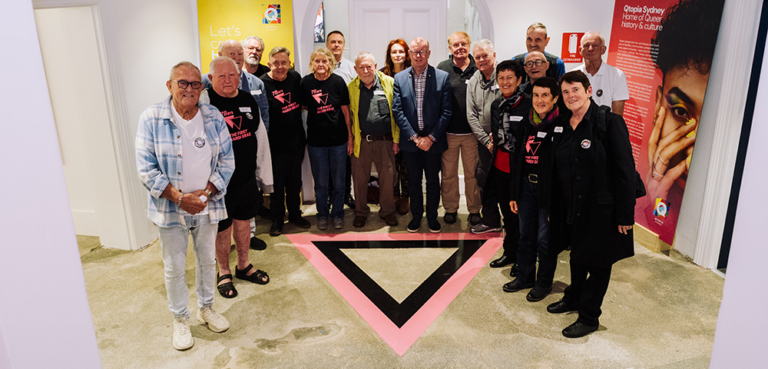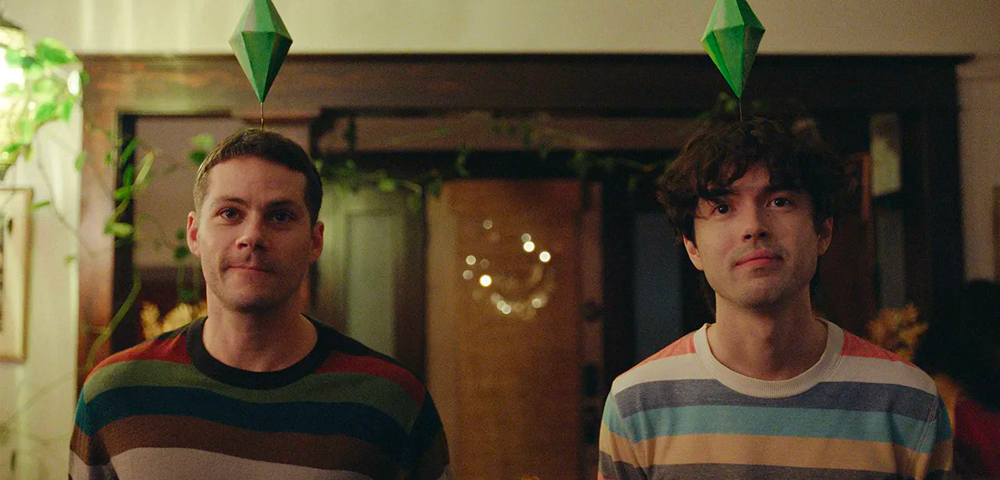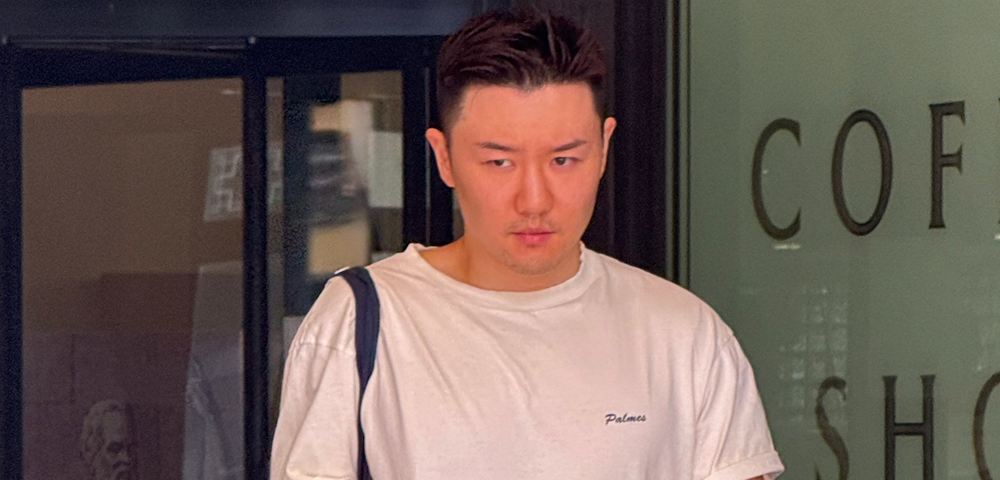
Youth study reveals widespread anti-LGBTI discrimination

A NEW in-depth study of LGBTI and queer youth has revealed insights into the experiences of these young people, including statistics around poor mental health, self-harm and attempted suicide linked to homophobia and transphobia.
Called Growing Up Queer, the study by the Young and Well Cooperative Research Centre with the University of Western Sydney and gender and sexual diversity youth organisation Twenty10 involved over 1000 young people aged 16–27 responding to a national online survey and participating in focus groups.
Growing Up Queer contributes to a growing body of evidence linking homophobic and transphobic harassment to poor mental health outcomes.
In particular, the study revealed that 41 per cent of participants had thought about self-harm and/or suicide, 33 per cent had harmed themselves and 16 per cent had attempted suicide.
Many young people also experienced frequent and ongoing harassment, violence, marginalisation, ostracism from peers and rejection from families. These experiences led to feelings of despair, isolation and internalised homophobia or transphobia.
Former High Court judge Michael Kirby spoke at the launch of Growing Up Queer, and said he was shocked at the figures.
“Isn’t that a shocking figure—in Australia, in this beautiful, sunny country, with so many blessings, that 16 per cent of young LGBT [people] have attempted suicide, that 33 per cent have self-harmed,” Kirby said.
“Empiricism, social research, good science, that’s the way we change things. Not learned speeches by people like me—you change things by gathering science and presenting it, because there is in human beings a constant quest, I think it’s in our DNA, for rational answers to established problems.”
Openly-gay comedian Tom Ballard also spoke at the launch, about his own experiences growing up in rural Victoria.
“It’s not always about homophobia directed at you specifically but a culture around you where being gay is the worst thing you could possibly be, or where you see kids who have had the courage to come out have a really tough time. You get this constant reinforcement or this message that gay equals bad,” Ballard said.
Other findings from the study indicated that from the perspective of participants, teachers in public schools were more likely to be supportive of SSASGD students.
Speaking with the Star Observer, lead researcher Professor Kerry Robinson speculated this could be due to the influence of religious teachings on some teachers in private schools with religious affiliations.
“That’s not to say that all teachers in private schools are terrible and not accepting, because that’s just not the case. But what it does highlight is that perhaps some teachers in private schools that happen to be part of these young people’s lives may have been influenced more greatly by the relationship between sexuality and religious discourse,” Robinson said.
“There may be an impact in terms of the fact that private schools are exempt under the anti-discrimination law in NSW in terms of discrimination around sexuality.”
Conversely, the study indicated students in private schools were more likely to be supportive of SSASGD students. Robinson thought it could have something to do with the more educated families of private school students espousing more accepting attitudes.
The study also found that online communities were limited in the ways they could address feelings of isolation in SSASGD young people. Robinson said this indicated the tendency for youth wellbeing policy to look to technology and online communities as a panacea for young people’s mental health policy is misguided.
“A lot of the young people we spoke to and a lot of them in the survey would say, ‘Yes, my first port of call is going to be the internet,’… But there is a point where I guess the type of relationships they were looking for or the type of interactions they were wanting to have with people were not possible there,” Robinson said.
“There’s something about human contact and talking to people…that is really critical.”
Researchers were also surprised to find marriage equality was a salient issue for many participants. Although they were generally not in a position to actually get married, the issue was seen as a touchstone for the lack of legitimacy for non-heterosexual relationships more broadly.
Part of the research project involves the development of education resources aimed at addressing and counteracting the effects of homophobia and transphobia in the community. For example, researchers are working with young people to produce short films about their experiences.
“What we’re doing is we use that is to work with young people and with teachers in schools, for example. Or we could do it with police, or we could do it with whomever,” Robinson said.
While this is not the first widespread survey of the experiences of same-sex attracted and sex and gender diverse (SSASGD) young people, Growing Up Queer differs from studies like Gay and Lesbian Health Victoria’s periodic study Writing Themselves In on the sheer breadth of issues discussed.
Researchers hope the study will strengthen the evidence base for increased policy development around the mental health and wellbeing of SSAGD young people.










